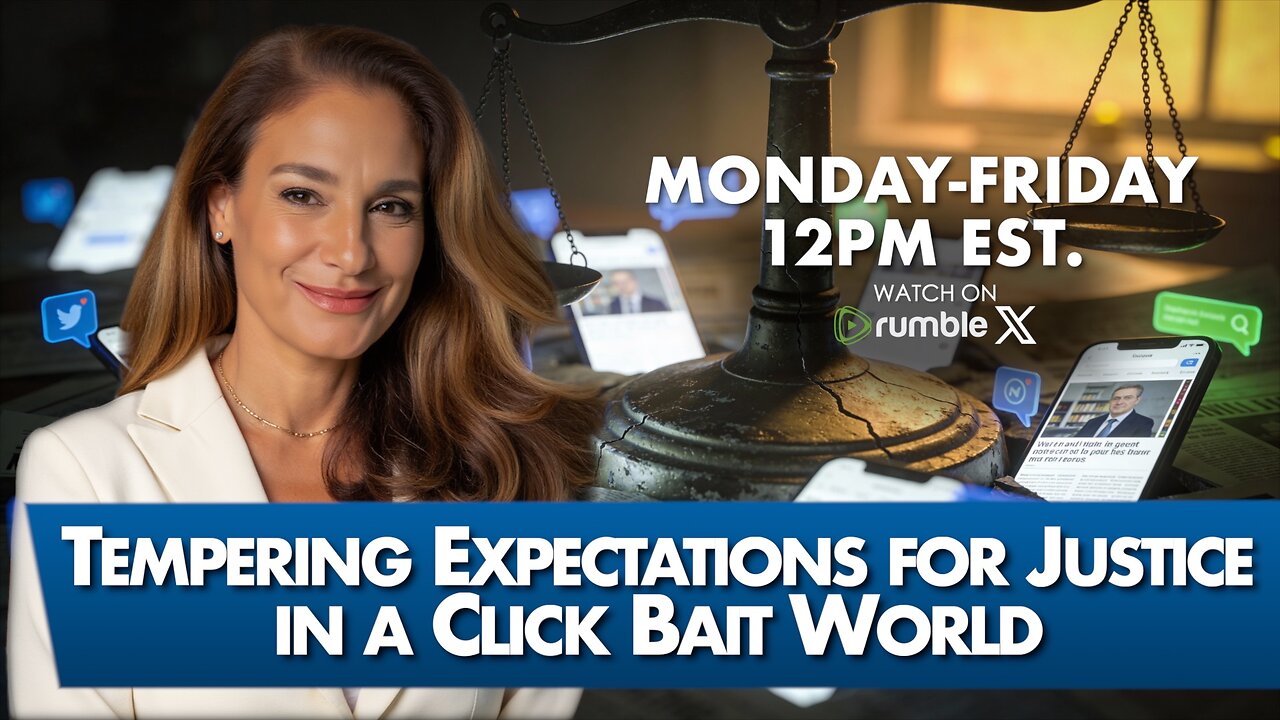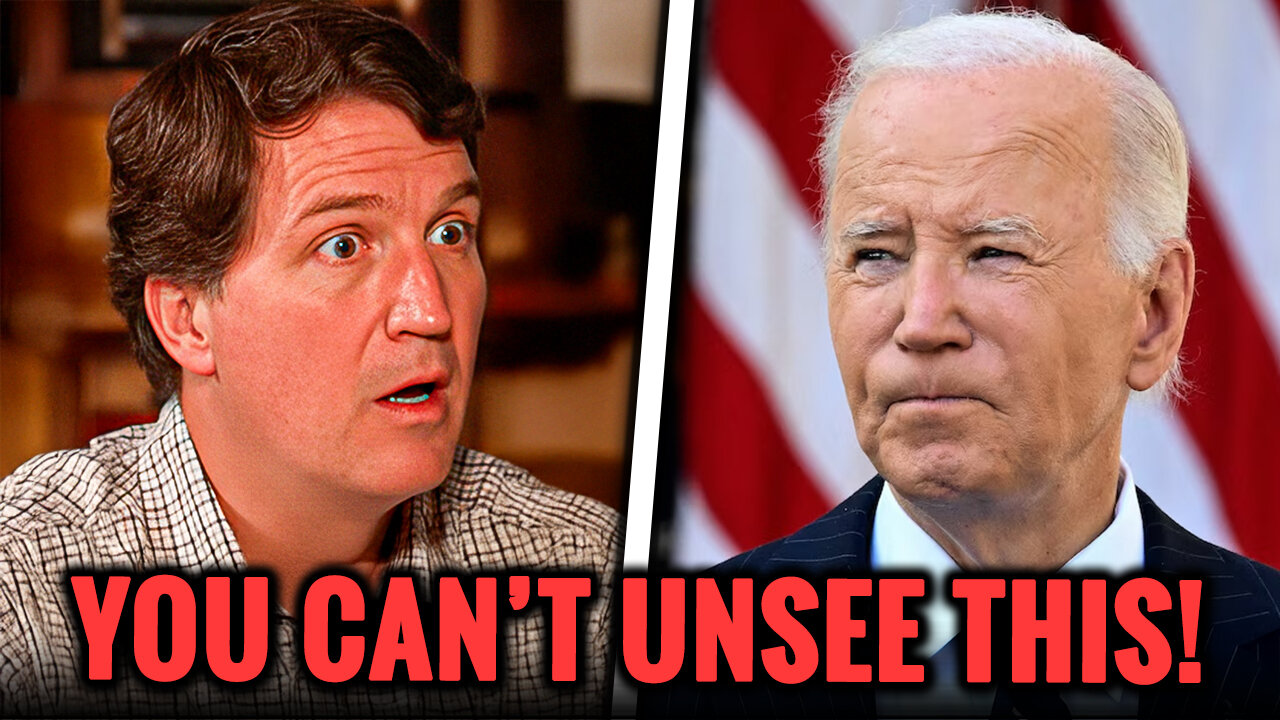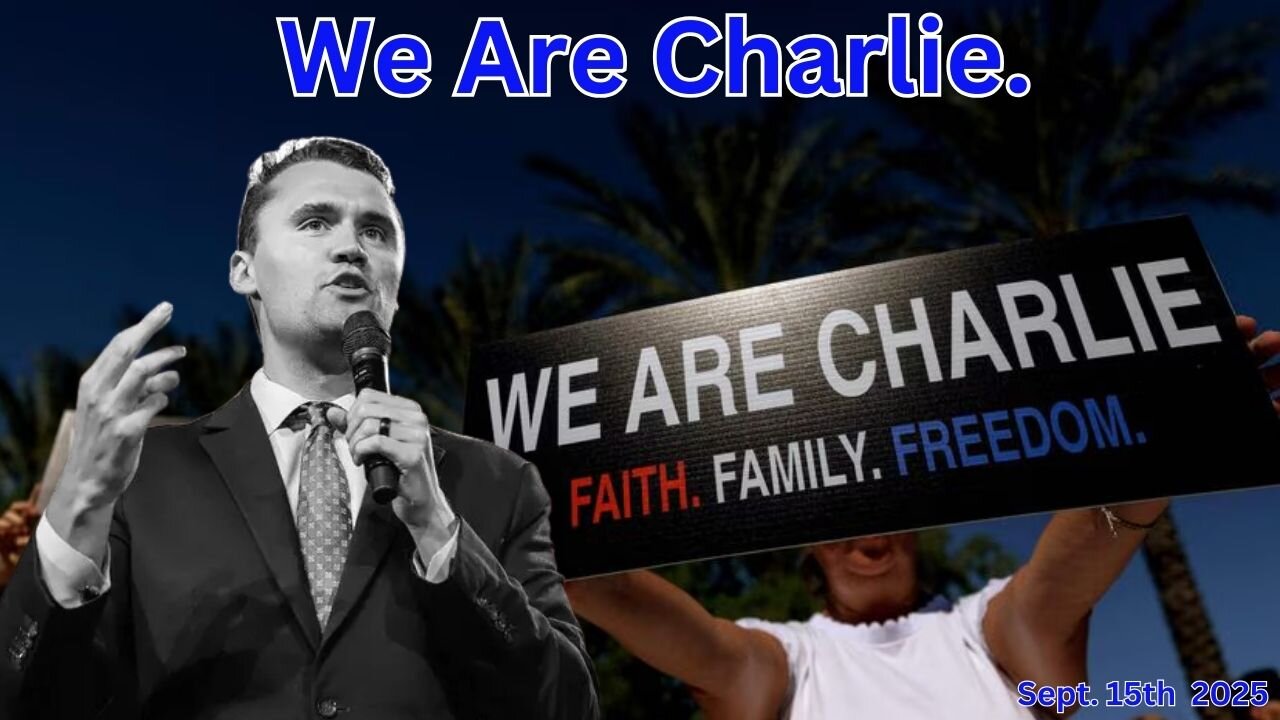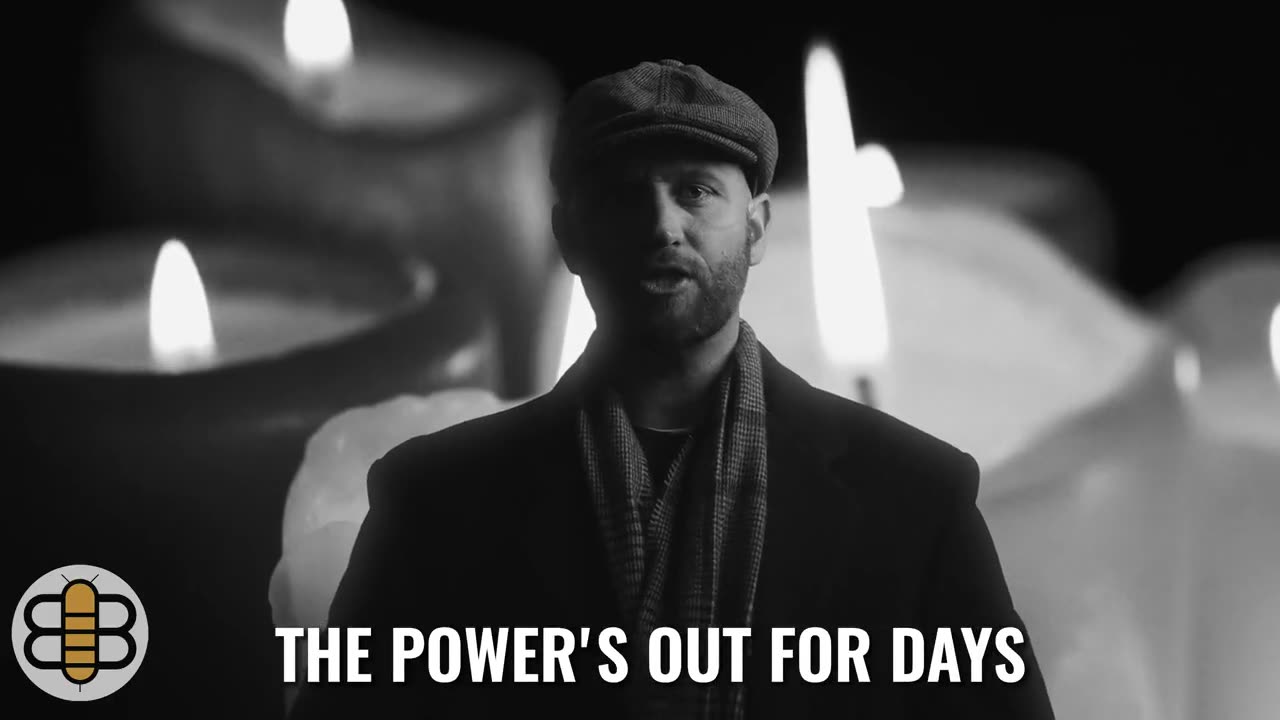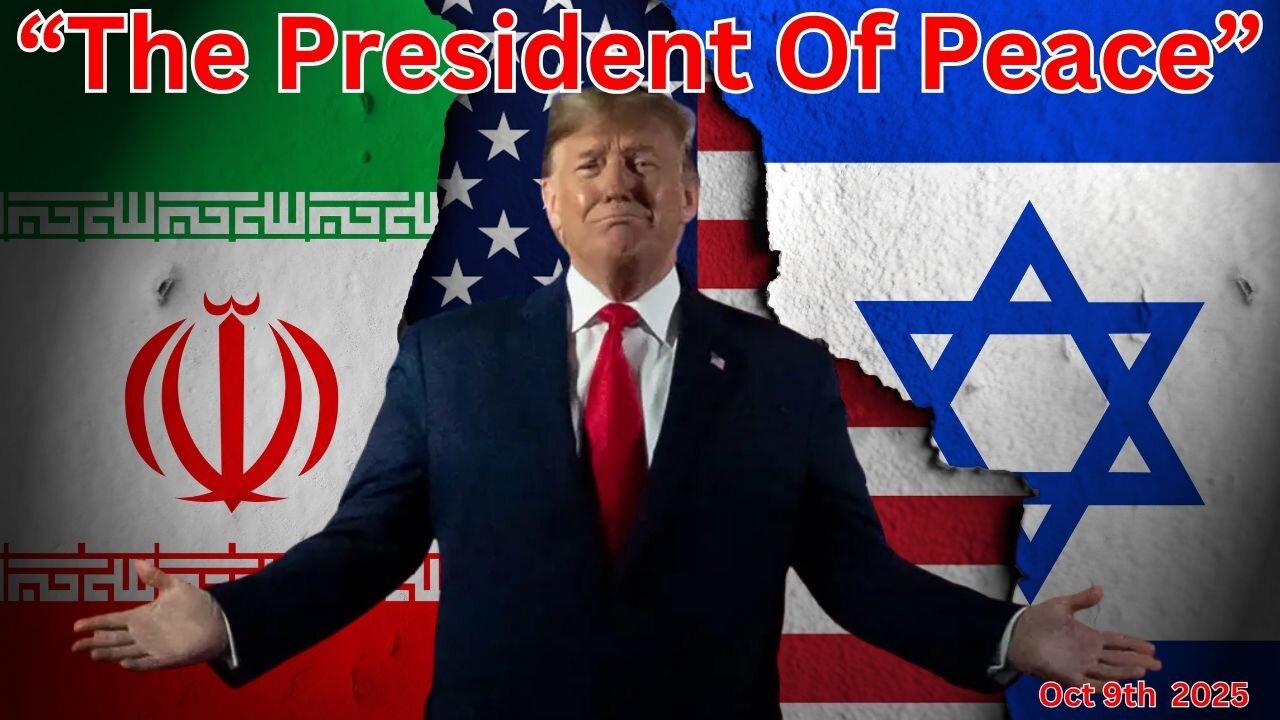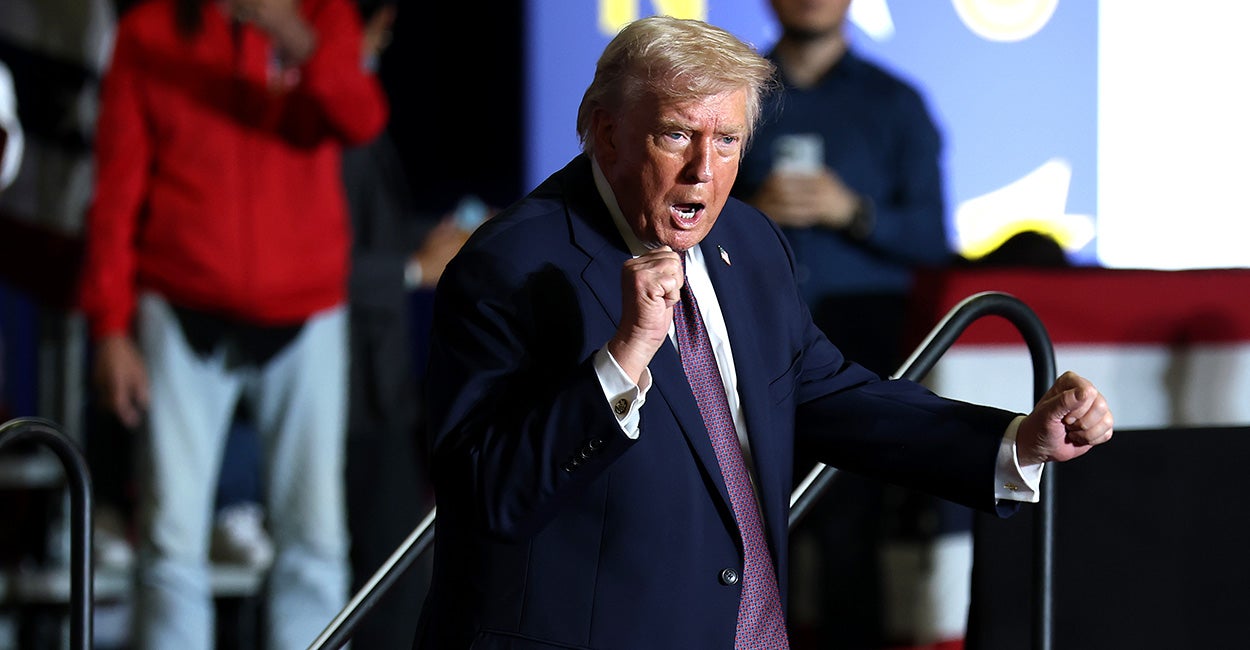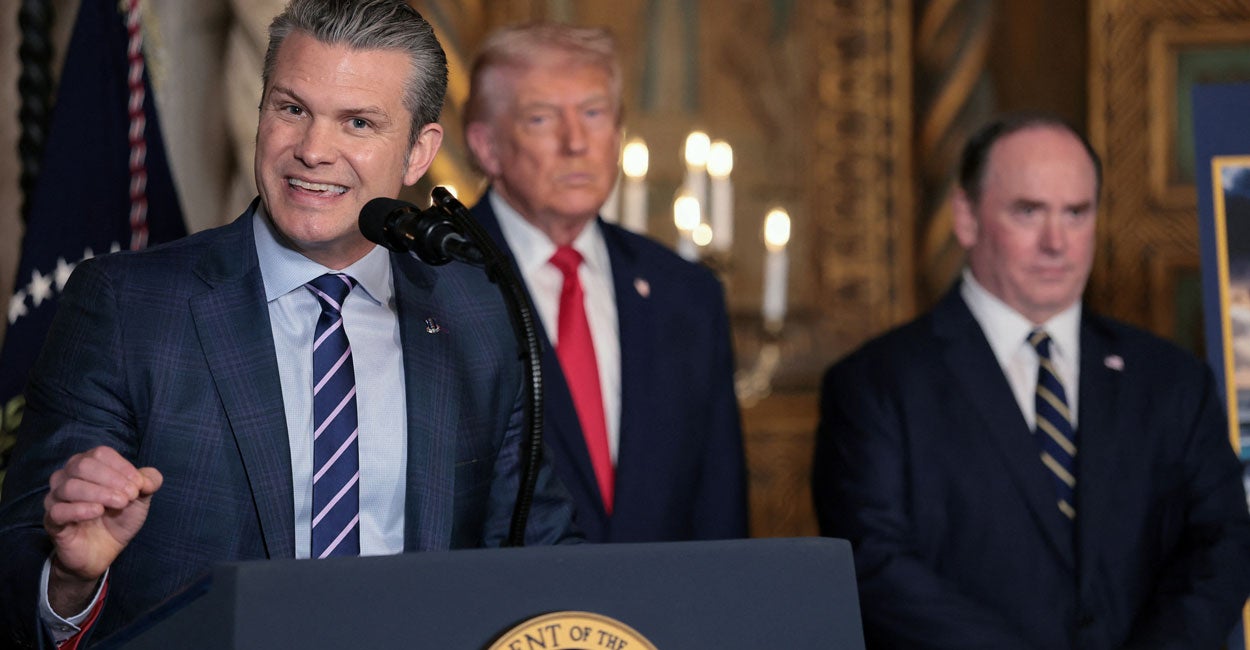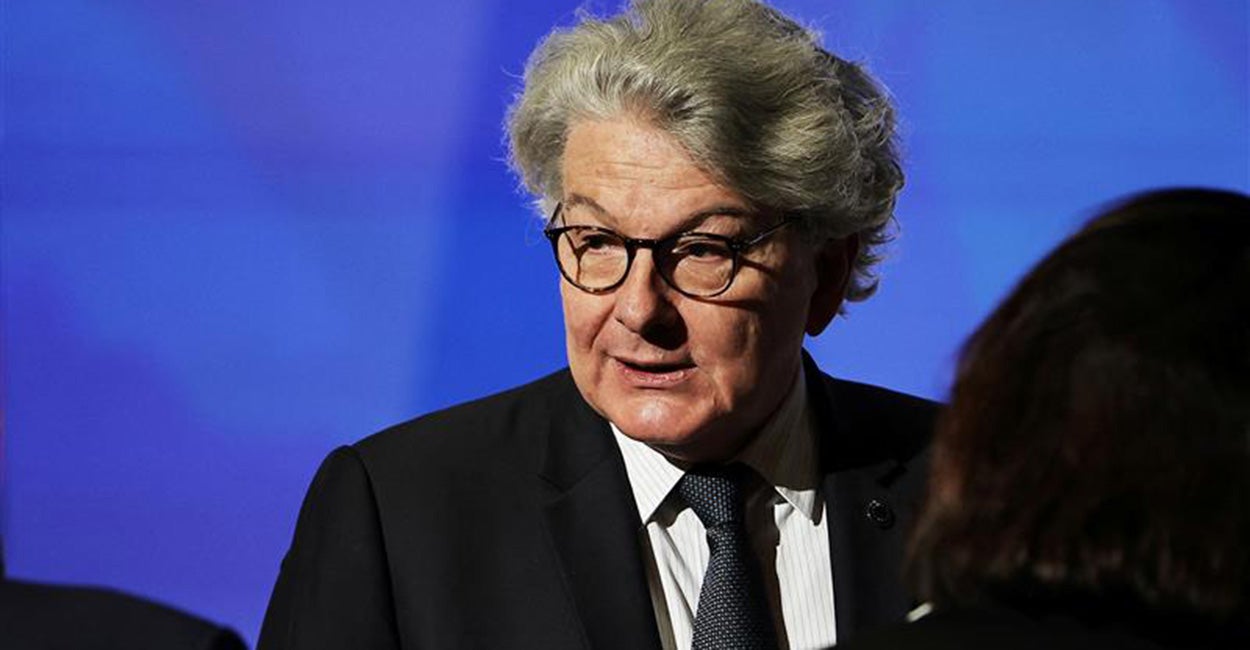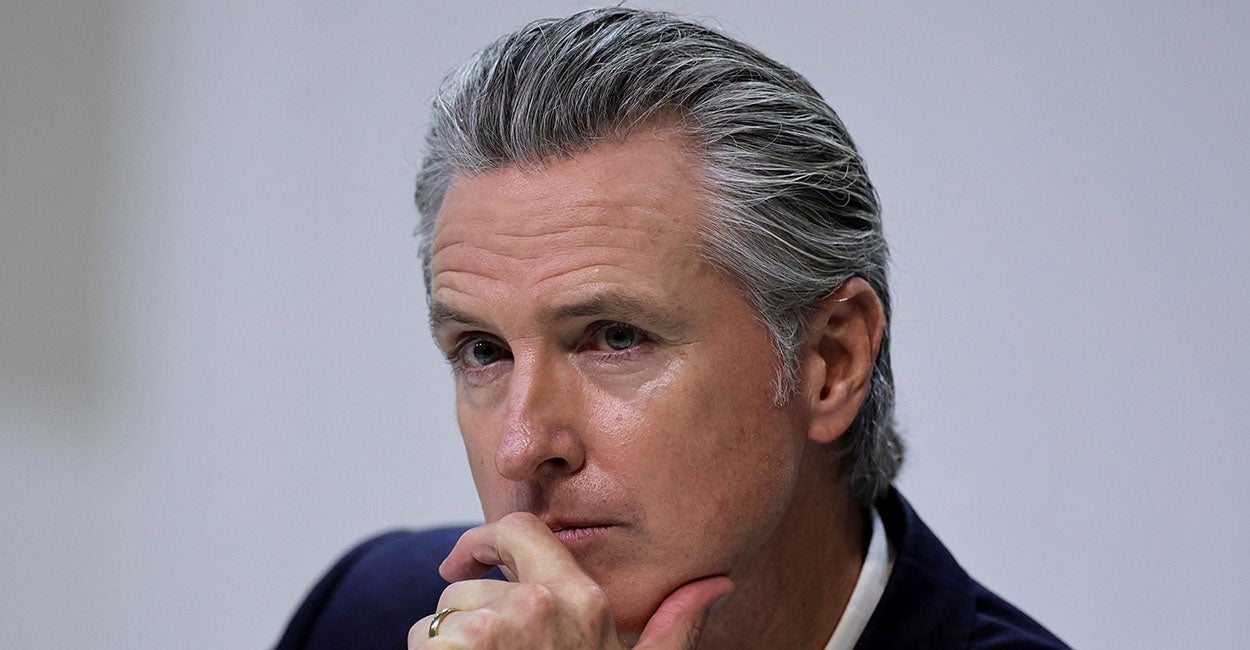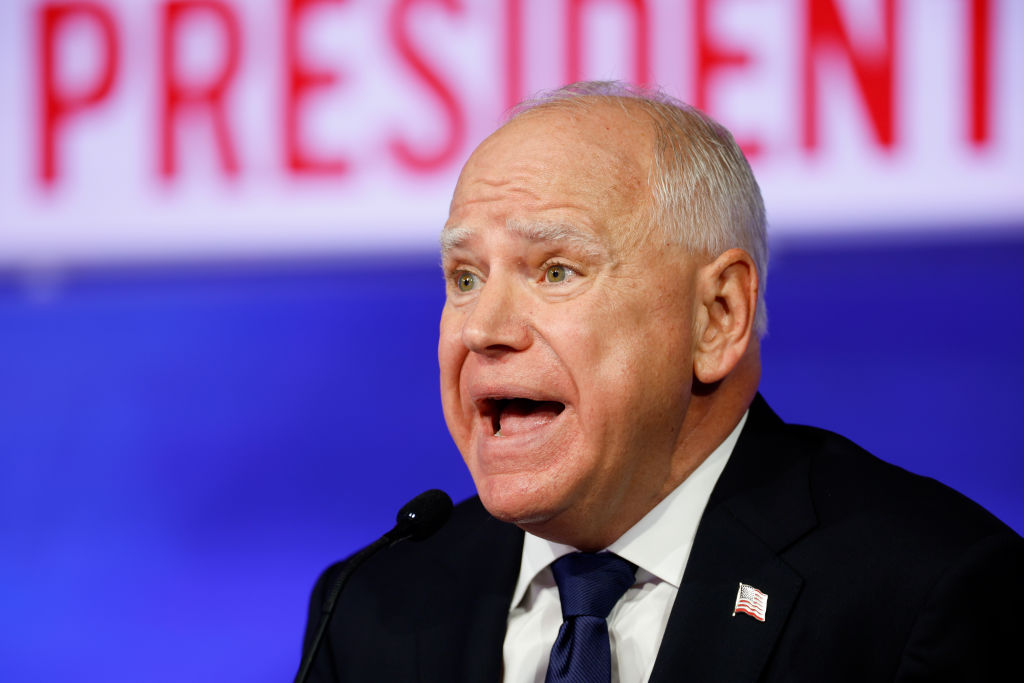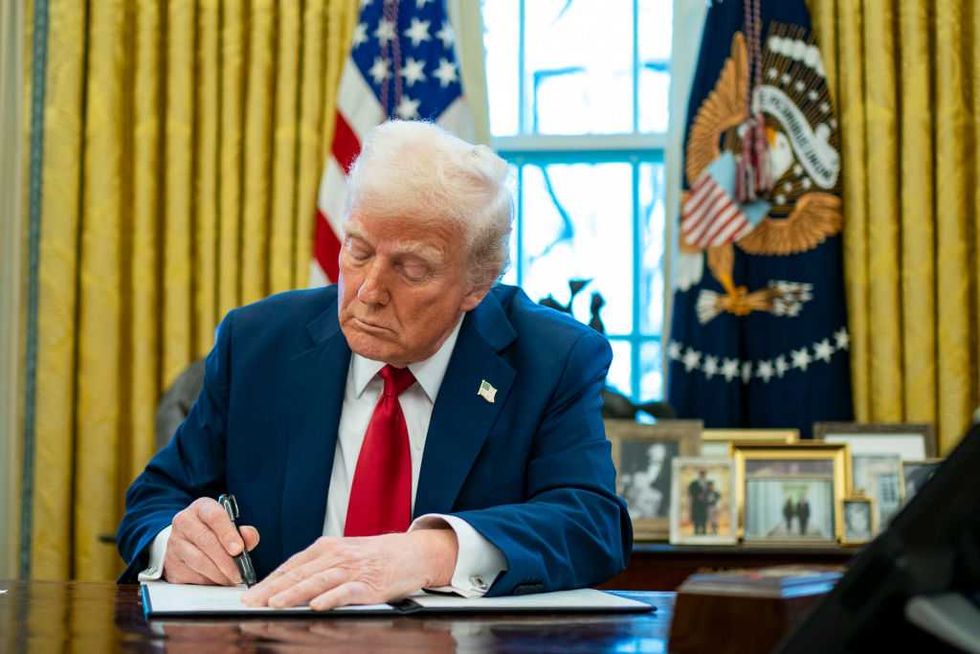Why We Stand For The National Anthem
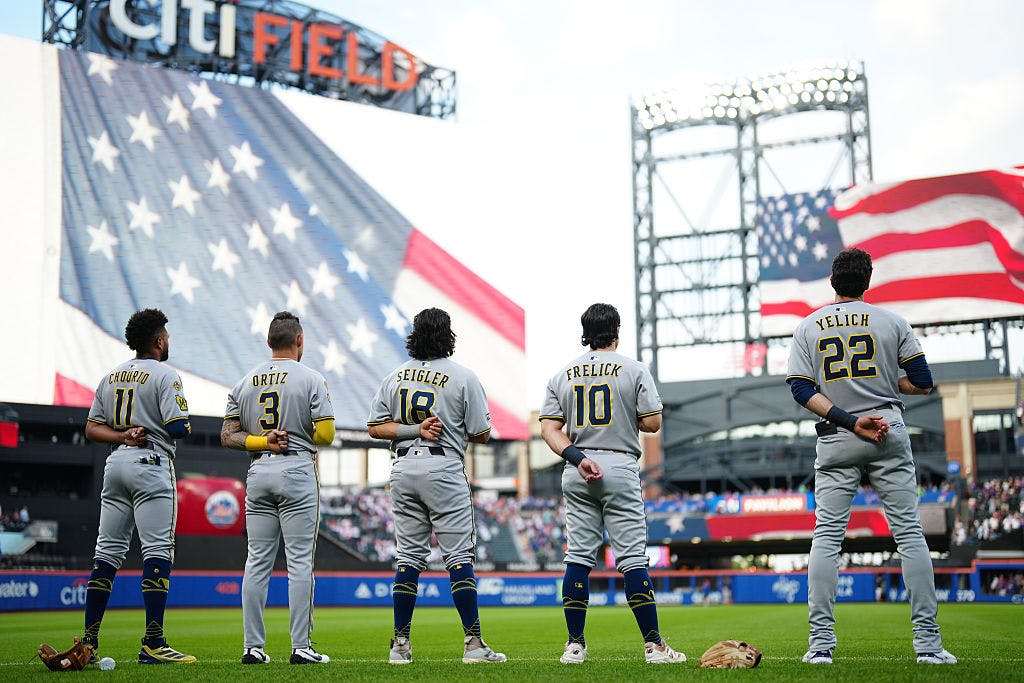
Earlier this month, I attended a baseball game at Busch Stadium in St. Louis.
Live Your Best Retirement
Fun • Funds • Fitness • Freedom
I wasn’t there to see the Cardinals, but the Savannah Bananas, baseball’s answer to the Harlem Globetrotters. The Bananas dance, sing, and interact with the crowd throughout their games.
But for all that showmanship, the most remarkable thing I saw during the game happened off the field.
When “The Star-Spangled Banner” played, everyone stood, and the stadium fell silent. Those wearing hats removed them, and nearly everyone placed their hands over their hearts.
I glanced at the family standing next to me and saw a girl, around four years old, in her father’s arms. As the anthem played, she looked around — quiet, wide-eyed, and attentive. She pointed to the American flags flying around the stadium and displayed on the big screen. It was clear this was her first time experiencing this special ritual. When the anthem ended and the crowd erupted in applause, she hugged her dad and said, “That was nice.”
Moments like this remind us why standing for the anthem matters. It’s not simply a tradition or a requirement before a sports event; it’s a collective expression of unity and shared identity.
When the anthem plays, regardless of who we are or where we come from, we pause to recognize the freedoms and sacrifices that built this country.
Standing is a simple gesture with profound meaning. It honors the men and women who have served and continue to serve in the military, many of whom have given their lives so that we can enjoy the liberties we often take for granted. It also symbolizes deference for the struggles and progress that have shaped our nation’s history — from our founding ideals to the ongoing work of fulfilling those promises for all Americans.
For that little girl, the anthem was a memorable first impression of what patriotism looks like. Children learn not by what we tell them, but by what they see and experience. In a stadium of thousands, she witnessed what dignity, respect, and unity can look like when we rise not just as individuals but as one nation. That’s how a sense of national pride is passed on: quietly and powerfully.
Critics argue that patriotism is complicated, that history is flawed, and that our symbols don’t hold the same meaning for everyone. Those are valid conversations. But standing for the anthem doesn’t ignore our imperfections; it acknowledges our shared hope that this country, for all its faults, is still worth honoring. It’s not about blind allegiance; it’s about an ongoing commitment to each other and the idea of America.
In a time when division often dominates headlines, standing for “The Star-Spangled Banner” remains one of the few collective acts that can still bring people together — even if it’s only for under two minutes. It’s an opportunity for us to be reminded, and to teach our kids, that we’re fortunate to live in such a fantastic country.
That little girl may not fully understand what the flag means or why the anthem stirs emotion, but one day she will. And when she does, perhaps she’ll remember how it felt to see thousands of people at a Bananas game pause, stand, and express love of our country — not out of obligation, but out of gratitude.
Dr. David Lenihan is the CEO of Ponce Health Sciences University, a fully-accredited medical school with campuses in St. Louis and Puerto Rico.
The views expressed in this piece are those of the author and do not necessarily represent those of The Daily Wire.
Originally Published at Daily Wire, Daily Signal, or The Blaze
What's Your Reaction?
 Like
0
Like
0
 Dislike
0
Dislike
0
 Love
0
Love
0
 Funny
0
Funny
0
 Angry
0
Angry
0
 Sad
0
Sad
0
 Wow
0
Wow
0





